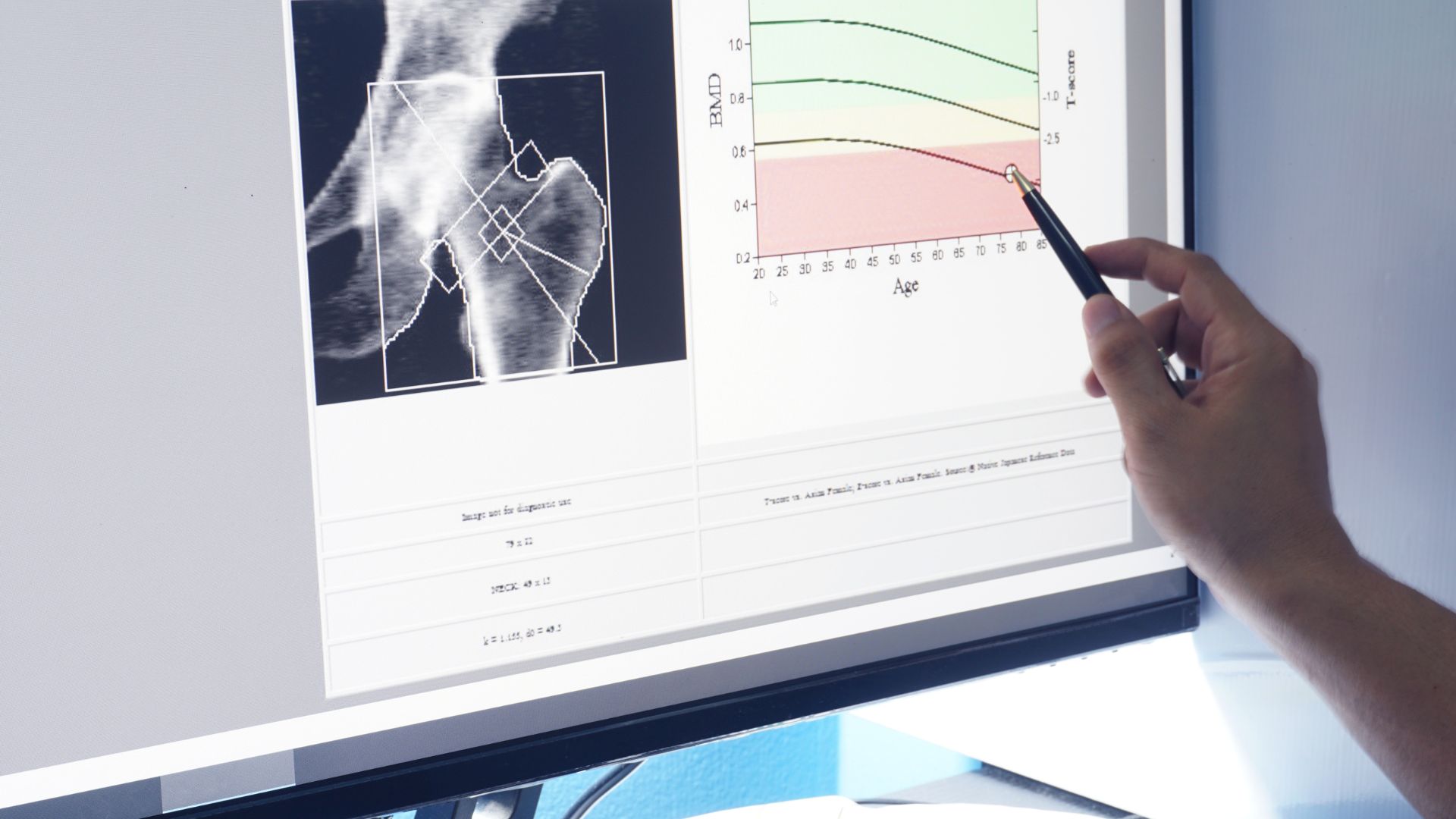Living with low bone density (osteopenia) or osteoporosis doesn’t mean you have to put your life on hold, but it does require some smart lifestyle adjustments to protect your skeletal health. As someone who’s spent years researching and writing about bone health, I want to share some crucial things to avoid if you’ve been diagnosed with low bone density. Let’s dive into what you need to know to keep your bones safe and strong.
High-Risk Activities That Can Compromise Your Bone Health
1. Impact Sports and High-Risk Exercises
While staying active is essential, certain high-impact activities can put you at unnecessary risk. Here’s what to avoid:
Traditional high-impact aerobics classes might feel great, but they can actually put too much strain on your already vulnerable bones. Instead, opt for low-impact alternatives like water aerobics or stationary cycling. These activities give you all the cardiovascular benefits without the bone-jarring impact.
Contact sports are another no-go. Basketball, hockey, and similar activities where collisions are common could lead to fractures. The good news? You can still enjoy team activities through sports like swimming or modified volleyball.
2. Unsafe Movement Patterns
Your daily movements matter more than you might think. Avoid:
- Bending forward from the waist to pick things up (this puts excessive pressure on your spine)
- Twisting your torso rapidly, especially while lifting
- Reaching for objects above your head without proper support
- Sitting in soft, low chairs that make it difficult to stand up safely
Dietary Choices That Can Weaken Your Bones
3. Bone-Depleting Foods and Beverages
What you eat (or don’t eat) plays a crucial role in bone health. Here are some items to limit or avoid:
Excessive caffeine consumption can interfere with calcium absorption. While you don’t need to give up your morning coffee completely, try to keep it to one or two cups daily. Remember, caffeine isn’t just in coffee – it’s also in many sodas and energy drinks.
Ultra-processed foods often contain high levels of sodium and phosphorus additives, which can contribute to calcium loss. Focus instead on whole, nutrient-rich foods that support bone health.
4. Hidden Calcium Blockers
Some seemingly healthy foods can actually block calcium absorption when consumed in excess:
- Large amounts of wheat bran
- Foods high in oxalates (like spinach and rhubarb)
- Excessive amounts of soy products
The key here isn’t to eliminate these foods entirely but to space them out from your calcium-rich meals and supplements.
Lifestyle Habits That Impact Bone Density
5. Sedentary Behaviors to Avoid
Your bones need regular stimulation to maintain their strength. Watch out for:
Extended periods of sitting without breaks can accelerate bone loss. Set a timer to remind yourself to move every hour, even if it’s just walking around your home or office for a few minutes.
Avoiding weight-bearing activities altogether out of fear can actually worsen your condition. Work with a physical therapist to develop a safe exercise routine that includes appropriate resistance training.
6. Harmful Daily Routines
Some everyday habits might be unknowingly affecting your bone health:
Smoking isn’t just bad for your lungs – it’s terrible for your bones too. It interferes with bone formation and can speed up bone loss. If you smoke, quitting should be a top priority for your bone health.
Excessive alcohol consumption can interfere with vitamin D metabolism and increase your risk of falls. Limit alcohol intake and ensure you’re always in a safe environment when drinking.
Medical Considerations and Precautions
7. Medication Interactions
Certain medications can affect bone density or increase fall risk:
- Some antidepressants can increase fall risk
- Proton pump inhibitors may interfere with calcium absorption
- Corticosteroids can accelerate bone loss
Never stop prescribed medications without consulting your healthcare provider, but do discuss potential bone health impacts and alternatives.
8. Supplement Mistakes
While supplements can be helpful, avoid these common mistakes:
Taking calcium supplements all at once rather than spreading them throughout the day reduces absorption. Break up your calcium intake into smaller doses of no more than 500-600mg at a time.
Forgetting to pair calcium with vitamin D and K2 can limit its effectiveness. These nutrients work together as a team to build and maintain strong bones.
Creating a Bone-Safe Environment
9. Home Hazards to Address
Your living space might harbor hidden risks:
- Loose rugs that can cause trips and falls
- Poor lighting in hallways and stairwells
- Lack of grab bars in bathrooms
- Cluttered walkways that create obstacles
Take time to assess your home environment and make necessary safety modifications.
10. Weather-Related Risks
Don’t let weather conditions put you at risk:
Icy sidewalks and wet surfaces can be particularly dangerous. Invest in proper footwear with good traction and consider using walking aids when conditions are treacherous.
Moving Forward with Confidence
Living with low bone density requires awareness but not fear. By avoiding these risk factors and making smart lifestyle choices, you can maintain your independence and protect your bone health. Remember to:
- Work closely with your healthcare team
- Stay active within safe parameters
- Maintain a bone-healthy diet
- Create a safe living environment
- Stay informed about your condition
Your bones may need extra care, but that doesn’t mean you can’t live a full, active life. Focus on what you can do rather than what you can’t, and make choices that support your long-term bone health goals.
Remember, these guidelines aren’t about limiting your life – they’re about empowering you to live safely and confidently with low bone density. By being mindful of these factors and making appropriate adjustments, you can protect your bones while maintaining an enjoyable and active lifestyle.



